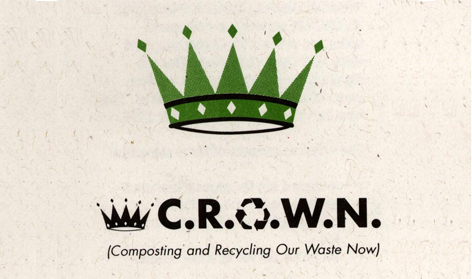Wealdean CROWN Sheme

Wealdean Disctrict CROWN scheme
Despite operating a kerbside collection for paper, cans and foil and a comprehensive bring bank system, Wealden District in East Sussex was only recycling 7.5% of its waste stream by 1998. The council therefore reviewed its strategy and identified several key objectives.
- Provide a more integrated waste collection service, thereby optimising the use of existing resources.
- Encourage greater waste awareness, leading to increased recovery levels and community ownership of waste issues.
- Collect green waste, found to comprise 18% of all collected waste, in order for the district to meet the statutory targets
In response, the council devised the Compost and Recycle Our Waste Now (CROWN) scheme. There were three elements to the scheme. Households were provided with a green wheeled bin for garden waste and cardboard waste, a kerbside recycling box for paper, cans and foil and a black wheeled bin for residual waste.
In 1999 WERG assessed the apparent impact that the recycling scheme was having upon waste arisings within the district. Waste from individual households was analysed prior to and after the implementation of the CROWN scheme.
In phase 1 of the analysis households generated on average 18.1 kg per household of residual waste. In comparison, the quantity of residual waste generated in phase 2 (post CROWN implementation) had reduced by 9.8 kg per household. With the exception of only three households, all generated less waste after the implementation of CROWN.
The most noticeable trend has been the reduction of putrescible waste entering the residual waste stream. This was recorded as a reduction from 9.1 kg per household (50% of the total weight in phase 1), to 2.2 kg household (26% of the total weight in phase 2). Compositional analysis showed the key reduction was in garden waste; 5.8 kg per household in phase 1 declined to 0.1 kg per household in phase 2. Furthermore, the quantity of paper and cardboard in the waste stream was recorded as having halved.
Since undertaking this research the CROWN scheme has been expanded to households throughout the district, which reaches a 35% recycling rate.


